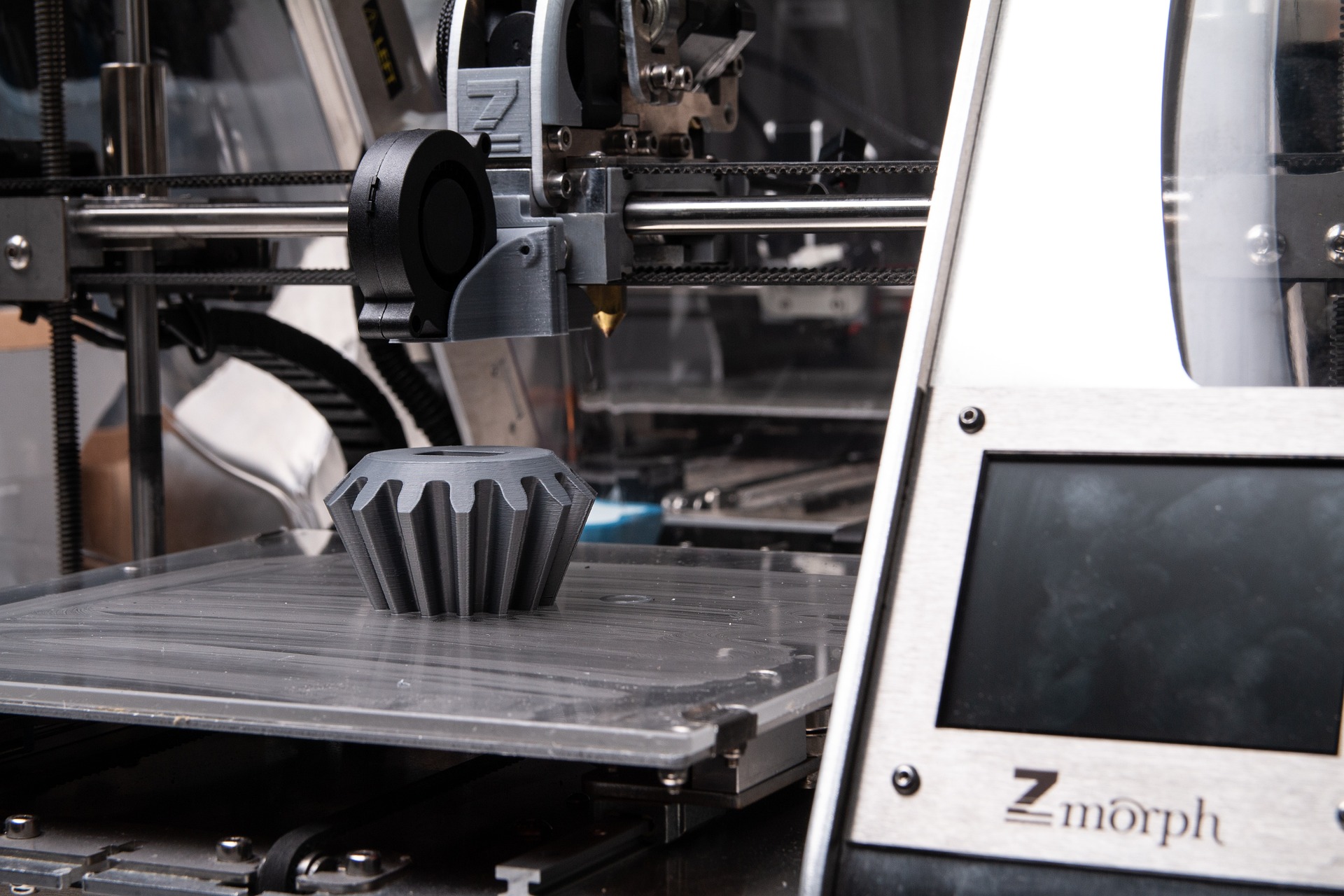3D printing technology has been making waves in the manufacturing industry, with its ability to create complex designs quickly and efficiently. Now, the technology is being applied to valve production, with 3D-printed valves becoming a reality in some industries. But what are the pros and cons of using 3D printing for valve production?
Pros:
- Customization: 3D printing allows for the creation of complex shapes and designs that may not be possible with traditional manufacturing methods.
- Faster production: 3D printing can be faster than traditional manufacturing methods, which could be particularly useful in situations where valves are needed quickly.
- Reduced waste: 3D printing can produce parts with minimal waste, which could reduce the environmental impact of valve production.
Cons:
- Material limitations: 3D printing technology is still limited in terms of the range of materials that can be used, which may limit the suitability of 3D printed valves for specific applications.
- Quality control: As 3D printing is a relatively new technology, there may be concerns about quality control and ensuring that the printed valves meet industry standards.
- Cost: The cost of 3D printing can be higher than traditional manufacturing methods, particularly for larger valves or high-volume production.
Overall, while there are some challenges to using 3D printing for valve production, it has the potential to revolutionize the industry with its ability to create customized designs quickly and efficiently. However, it remains to be seen how these challenges will be addressed and whether 3D-printed valves will become more widespread in the future.
